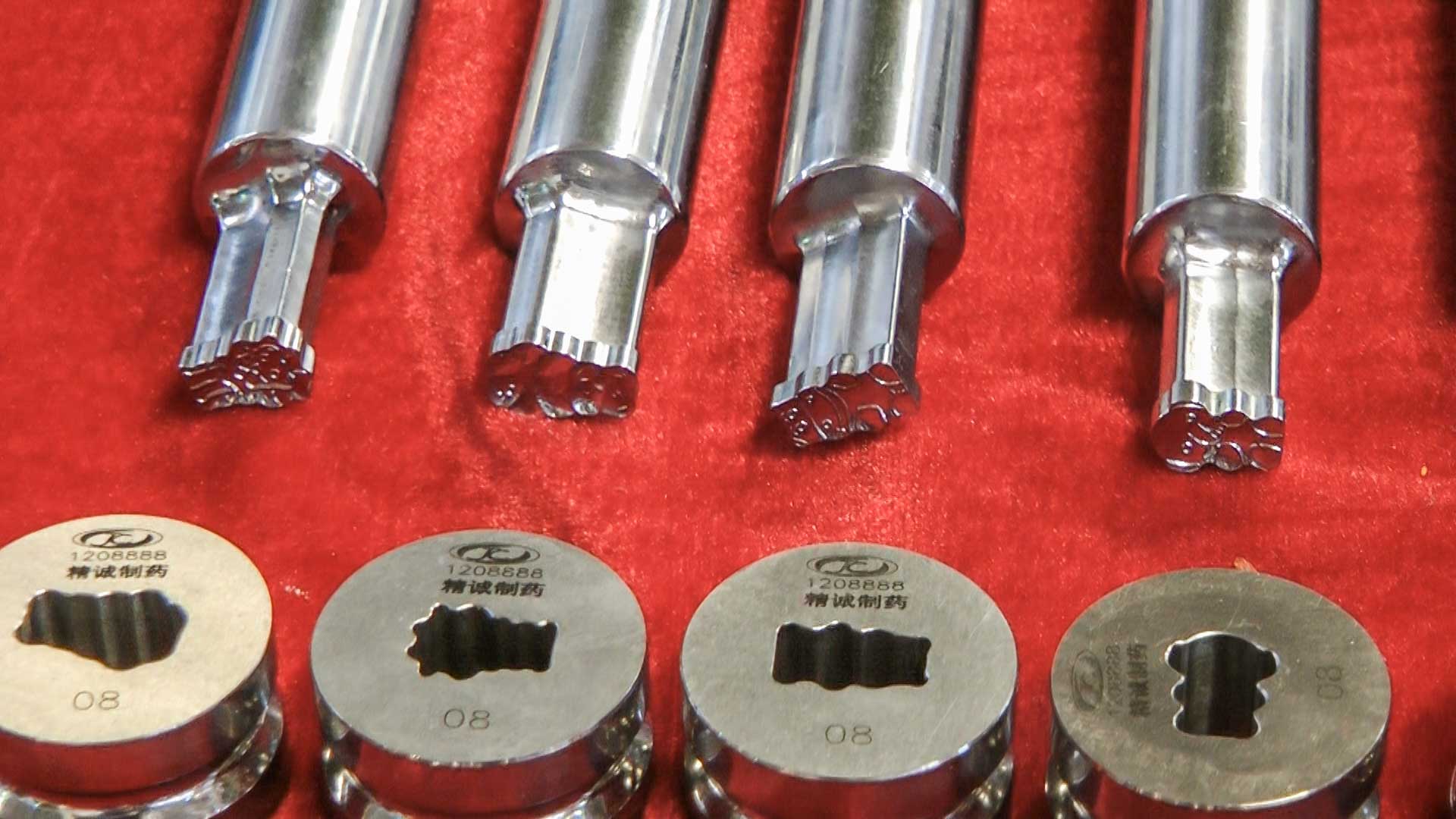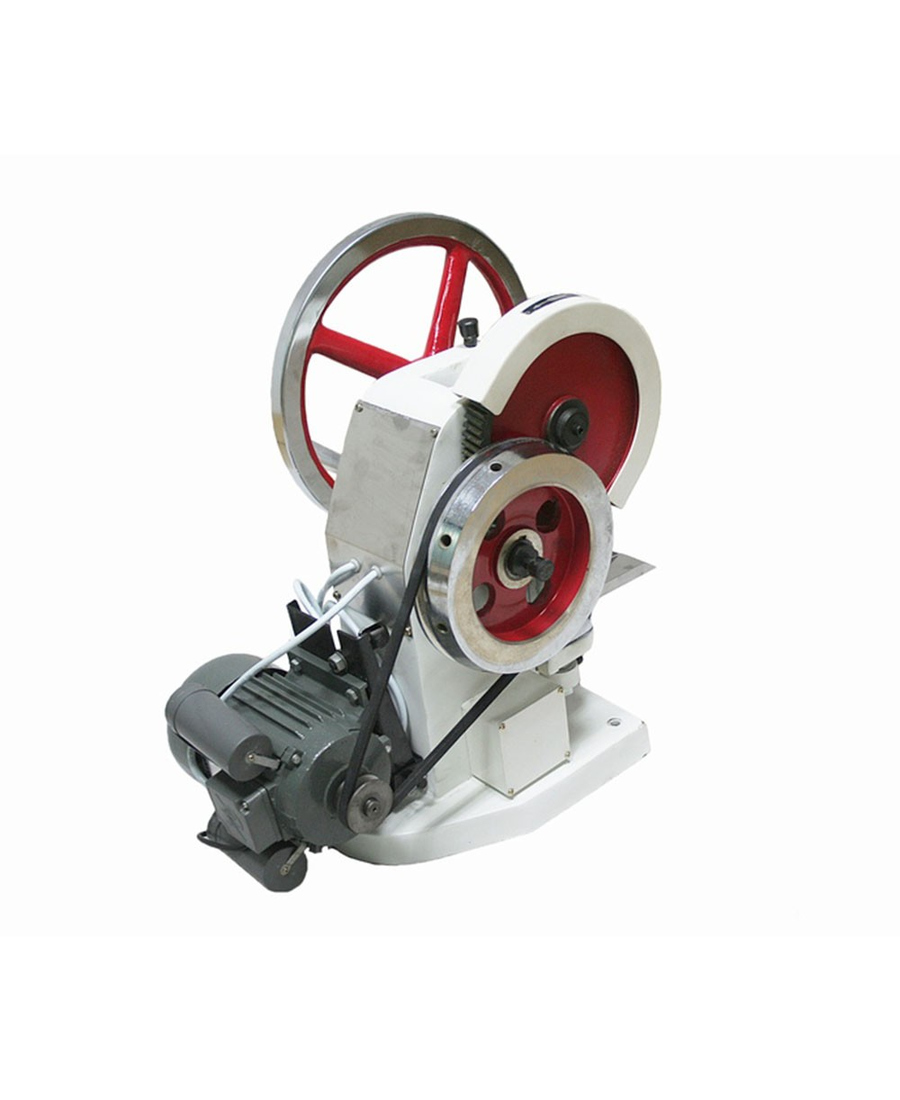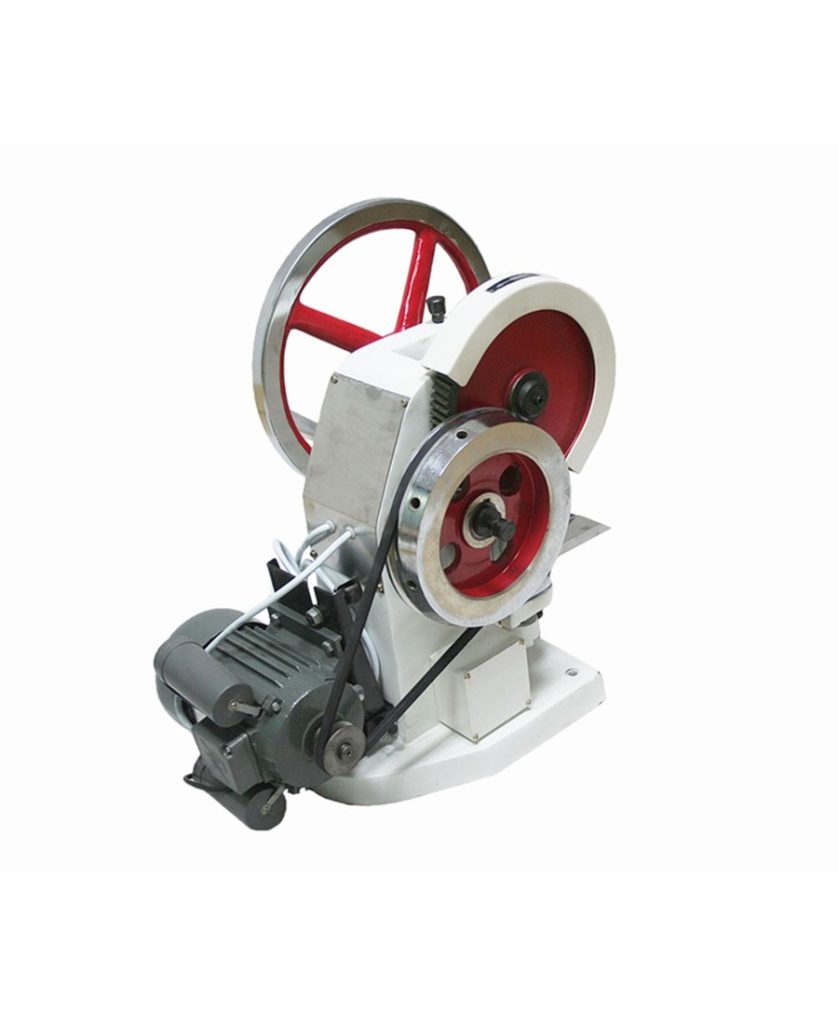Tablet presses are widely used for compressing and forming a variety of materials including powder, granules, and tablets in the pharmaceutical, nutraceutical, food, and chemical industries. To ensure efficient performance from your tablet press it is essential to clean it regularly. Here are 10 easy steps for cleaning a tablet press such as the Tabletbindertdp:
1. Disconnect the power supply
The first step in cleaning any type of machine is to disconnect the power supply before starting the process. This will help to avoid any hazards and also prevent accidental start-up, which can cause damage or injury.
2. Remove unused products
Before starting the actual cleaning process, remove all unused products and empty hoppers to avoid contamination during the process. All product residue should be removed before using air blast or compressed air to clean the machine parts.

3. Clean exterior surfaces
Use a soft cloth dipped in warm water mixed with a mild detergent to clean all exterior surfaces of your tablet press such as the front panel or covers. Be sure to reach all corners and crevices, wiping thoroughly with a damp cloth followed by a dry cloth until no dirt remains on the surfaces.
4 . Wipe down moving parts
All moving parts inside the machine such as cams, levers, plungers, etc. should be wiped down properly with lint-free cloths dipped in either alcohol or a mild detergent solution, whichever is best for the application. If necessary, use cotton swabs to reach hard-to-reach areas. Then wipe completely with another dry, lint-free cloth.
5 . Cleaning internal surfaces
Inspect the internal surface areas of your tablet press, including metal plates, turret head, feed frame, drive shafts, etc. for dust accumulation that can interfere with operation if not addressed immediately. Use a soft brush together with warm water mixed with a mild detergent solution to clean these areas without damaging their surfaces or causing scratches from abrasive brushes or scrubbing materials.
6 . Inspect & Lubricate Parts
Once you’ve finished cleaning the interior surfaces, carefully inspect all parts for signs of wear and tear that may require repair or replacement in the future if not checked now. Also, before reassembly, lubricate all moving parts with the appropriate manufacturer’s recommended lubricants to ensure smooth operation of the equipment over a long period of time without the need for frequent repairs.
7 . Reassemble the parts
Carefully reassemble each part into its original position, taking care not to misplace any parts, as misplacement of parts may prevent the machine from working properly when it is restarted after the maintenance has been successfully completed.
8 . Test the functionality of the machine
Once everything has been reassembled, check the entire setup for accuracy and correctness and then test the functionality of the machine by first turning it on and running it at a low speed so as not to further damage any internal components in case there are still some problems within the system that were not noticed earlier during the inspection process.
9 . Perform quality check
Perform quality check tests on both tablets formed & ejected correctly from the machine several times consecutively while gradually increasing the speed until the desired output rate is achieved without compromising on the quality assurance standards set beforehand according to the exact customer requirements.

10. Document everything properly
Last but not least, make sure that everything is properly documented in the records that are kept so that the technician who comes later can easily understand what measures have been taken earlier when servicing the same machine next time, if the need arises again unexpectedly anywhere anytime soon!




